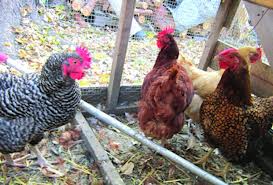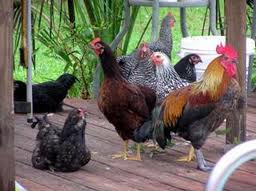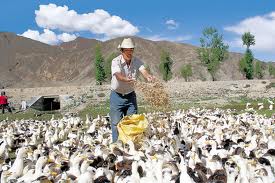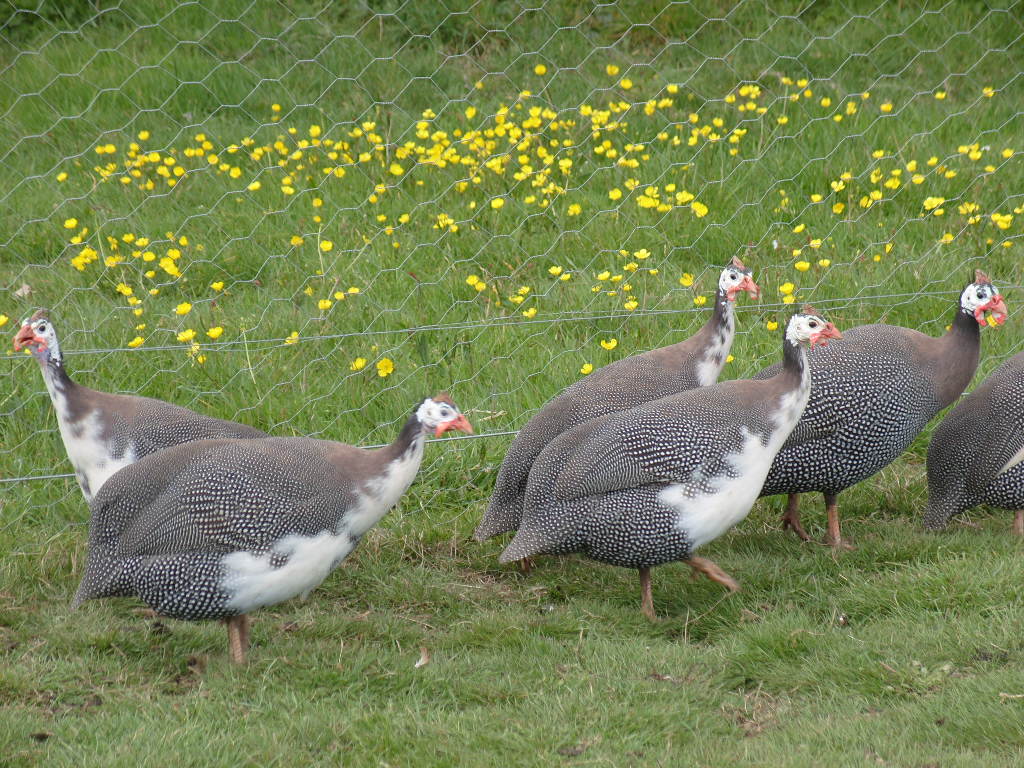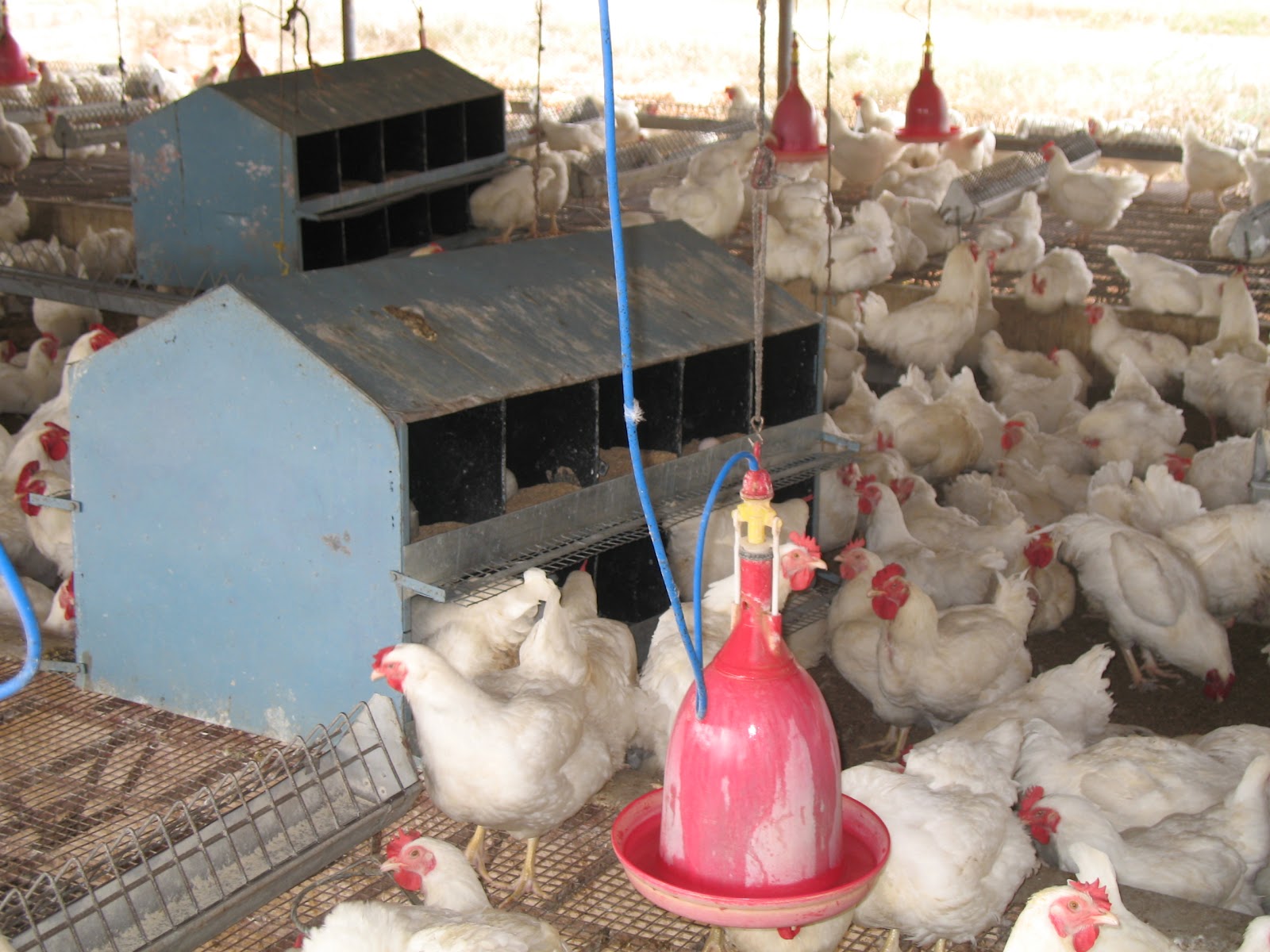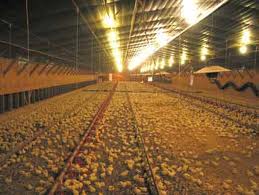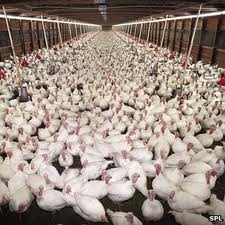How to start raising chickens? How much do chicken cost? Well, in order to get an answer to these questions, you should ponder the tips which I would be sharing below. Poultry is surely one of the most profitable businesses if it is done using the right sets of tools and techniques. Moreover, raising the chickens in any setting can …
Read More »Brooding And Rearing guide
How To Raise Baby Chicks,A Beginners Guide To Backyard Chicken Farming
Backyard chicken farming was widely observed up till the World War II. The people used to raise the chicken by themselves for eggs and meat. The backyard chicken farming had a variety of merits. It acted as the natural nitrogen fertilization process when chicken perched the food and also a natural controller for bugs and pests. With modernization and …
Read More »Brooding And Raising Of Ducks
Brooding (0 to 4 Weeks) The ducklings can be brooded on wire floor, litter or batteries with brooding period upto 3 to 4 weeks. They require slightly low temperature of 31°C in first week. Further it is reduced by 3°C each week upto 24°C and kept constant. A usual method is to house ducklings on litter in long narrow house …
Read More »A brief guide to broiler management/factors considered for broiler rearing
MANAGEMENT OF BROILERS The desired weight at earlier age with efficient feed conversion ratio (FCR) with minimum mortality is prime objectives of broiler rearing. The management system used for commercial broiler rearing is probably more standardized nowadays than any other arrangements in poultry production. They are preferably reared on deep-litter to prevent bruising of muscles due to cages. A trend …
Read More »Caring and Raising Ducklings
Are you contemplating about raising these cute little darlings or how to take care of ducks? At times of the Easter Season, these ducklings do find their way into the beautiful gift baskets. For the purpose of caring and raising ducklings, you should always have all sorts of information about ducks. In comparison to other birds, the ducklings are relatively …
Read More »Breeding and Rearing of Geese
Of all forms of the domestic birds, the geese are the ones that can be termed to be the fastest growers. They are quite hardy and can become disease free if kept under constant care. Although a small number of these animals are kept in the poultry settings, there is still a lot of scope for the raising geese industry …
Read More »Rearing, Incubation and brooding Guinea Fowl
Have you ever noticed what exactly guinea bird looks like? They have that nosy and officious look because their body has gray fur over all, which makes it look like a baggy grayish suit. Most of the time I have seen guinea haste through the backyard. Moreover, as soon as it’s dawn, they start to scour the garden for ticks, …
Read More »Nutrition Guide of Broiler for High Quality Meat
Introduction Poultry producers all around the world are now focusing on the production of some high quality meat. The prime reason for this can be linked to the increase in the consumer concerns about the quality of poultry they consume. Due to the rapid growth of the HACCP, it is now vital for them to standardize all the phases of …
Read More »A Guide To Brooding Chicks ,Rearing Of Baby Chicks
CARE AND MANAGEMENT OF CHICKS This is also known as brooding management. In case of layer birds, rearing chicks from day-old age to 7-8 weeks are usually reared in brooder houses and then transferred to grower houses, whereas in case of broilers even after 3 weeks of brooding, they are reared in the same house by increasing space and other …
Read More »Turkeys Brooding And Raising Guide
Raising of Turkeys Turkeys are not popular in ASIA. Its cause may be ignorance about their nutritive value or disliking for their eggs and meat. In Western countries mini (smaller size) turkeys which are finished around 12-13 weeks weighing 4.7 kg and midi (medium size) turkeys, finished around 15-16 weeks weighing 6-7 kg are becoming popular nowadays. Like broiler, smaller …
Read More »